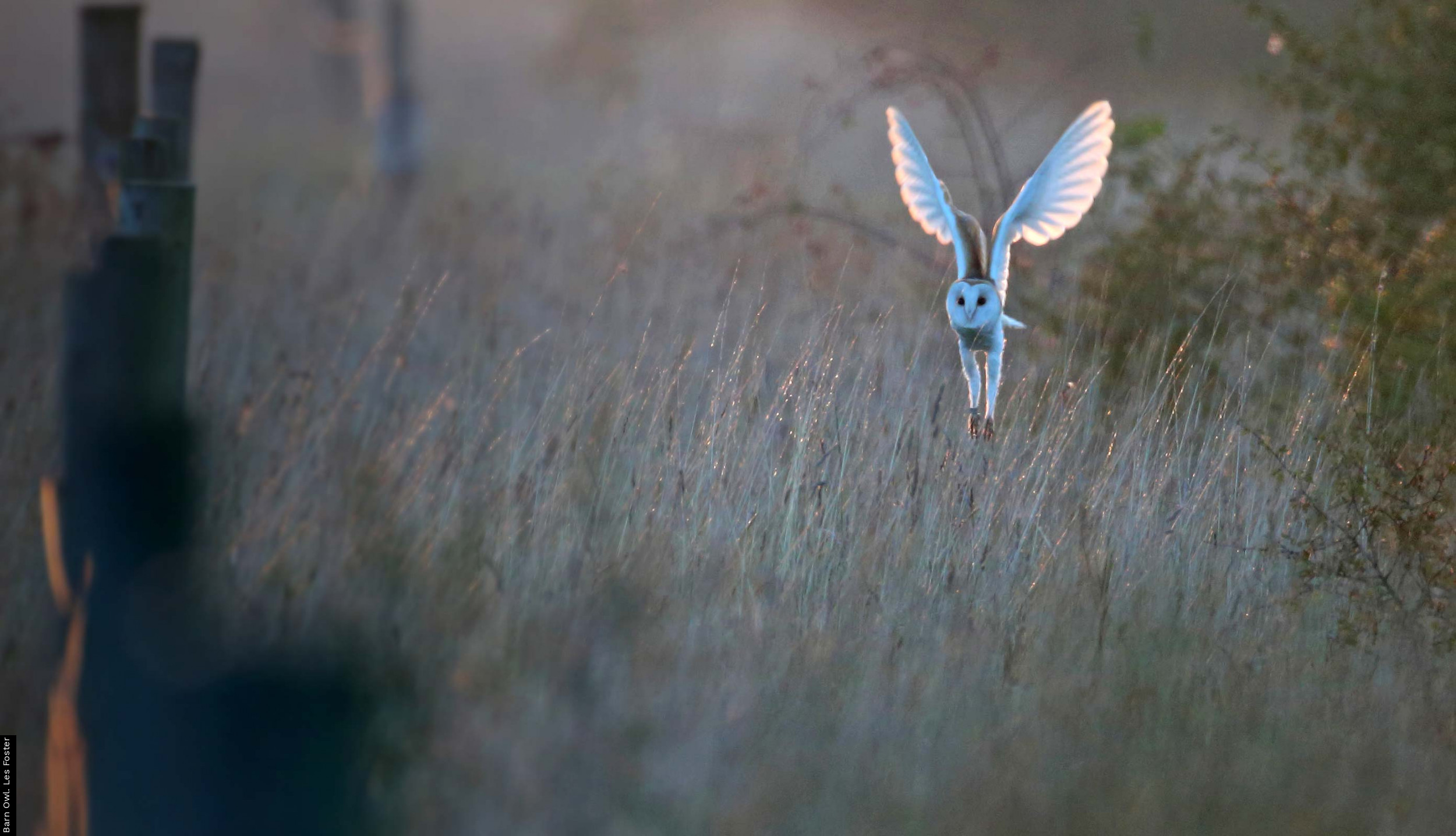Accipitridae - Hawk and Eagles
The 234 species of hawk vary widely in form, from the small sparrowhawks to the massive eagles, but they all share a strong, hooked bill for hunting live prey, which ranges from worms and beetles to bats and birds depending on species. They are distinguished from the, superficially, similar falcons by their broader wings and greater propensity for soaring flight. In most cases, the female is larger in the male and rarely leaves the nest while she has eggs or chicks, relying on the male to bring her food (smaller males are more agile, so better hunters). During the breeding season, they are strongly territorial, with the territories of the larger species extending several square miles (though the outer boundaries are often not well-defended). In winter, they become more social, with those species that feed on carrion sometimes gathering in numbers where food is plentiful. Some species are migratory and because they need thermals for their soaring flight (which are not generated over the sea), they congregate in huge numbers at narrow sea-crossings such as Gibraltar and the Bosporus (in Turkey) during the migration period.
In Britain, their fortunes have fluctuated markedly in response to the degree of persecution, and more recently, the use of organochlorine chemicals. The Sparrowhawk is gradually returning to its former haunts in eastern Britain, as is the Buzzard, which is also common in northern Scotland, where it is frequently mistaken for the majestic Golden Eagle, though the smaller size and pale, patterned, underwing are distinctively different.
Regularly Occurring Species
Honey Buzzard
Red Kite
White-tailed Eagle
Marsh Harrier
Hen Harrier
Montagu's Harrier
Goshawk
Sparrowhawk
Buzzard
Rough-legged Buzzard
Golden Eagle
Osprey (Pandionidae)
Occasional Visitors
Black Kite
Bald Eagle
Egyptian Vulture
Short-toed Eagle
Northern Harrier
Pallid Harrier
Greater Spotted Eagle






Share this page